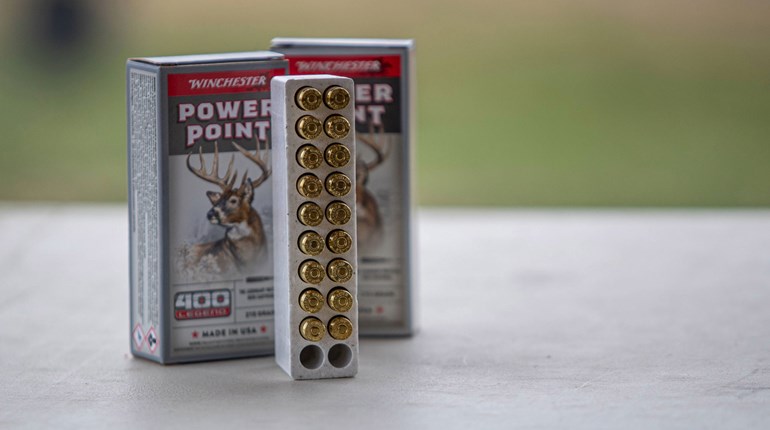
There is no question your chances for survival increase significantly when you face a threat with a trained partner. Of course, the most-important word in that sentence is trained. The more you and your partner work and train together, the more formidable you will be.
For the sake of brevity, I will refer to the person you work with as your partner. In reality, that might be your spouse, another loved one, a grown child, your business partner or the best friend that you hang out with. In reality, and at different times, you may partner with a number of these individuals. What follows are some ideas to get you started in developing your mutual-defense plan.
To start, you and the partner should discuss the most-common attacks you might encounter. Work up plans for dealing with them so that each person knows their role. Knowing each other’s role is also important because the situation may cause those roles to be reversed. It has been said that no plan will survive the first encounter, but I don’t buy that. We must, however, realize that the criminal attack, when it occurs, is going to be what it is going to be. You have to learn to adapt on the fly. Having said that, any sort of plan is better than trying to formulate a response to a deadly attack when the bullets start to fly.
Communication is critical for most team efforts. You shouldn’t assume that your partner is going to understand what you intend to do when the threat is present. Should you need to reload during a fight, it would be a good idea to shout out “Loading.” And your partner should reply, “Load,” so that you know you were heard. You then respond with “Clear” when you are reloaded and ready to get back into the fight. Keep your communications short and concise, because a gunfight is no place to be making a speech.
We also want to be good and loud while communicating with our partner. Stress can cause what is called auditory exclusion. That is, our ear drums tighten up and we may not be able to hear words delivered in a conversational tone.
You should also work out verbal signals and hand signals that will alert your partner to a problem that you have observed. “Orange at 3 o’clock” tells the partner that you have seen a potential problem on your right. “Red at 9 o’clock” signifies a real threat on your left. The actual words don’t matter as much as the fact that you both have to understand what you are trying to say.
In a male-female team, it is important to know that the male is likely to be the first target of the attack. Crooks will usually try to get the male under control first, because they see him as the more-serious threat. With their attention thus focused on the man, the woman is more likely to be the one who can get the drop on them and save the day. This is one of the reasons we are glad to see so many women taking a serious interest in defensive shooting.
As your planning goes along, it is important to work out each person’s role. For example, in a car-jacking situation, you are most likely to come under fire from the driver’s side of the vehicle. Should you try to drive off, or should you exit the vehicle? If the fire is coming from the driver’s side, how do both of you get out through the passenger-side door? Once out of the car, who goes where and what do you use for cover? These are all issues that should be discussed and planned for ahead of time.
Whenever possible, I think it is also important for defensive partners to carry the same kind of guns. In a threat situation, and for a number of reasons, the partner’s gun may be the closest defensive tool that you can get to so it is critical that you know how to use it. If you don’t carry the same kind of defense gun, take the time to learn how to operate your partner’s gun. Trading during range practice would be a very good idea.
Finally, it is important that partners train and practice together. Thunder Ranch and Gunsite both offer classes in team tactics that will sharpen your ability to work as a team. In addition, you may find that other schools and instructors offer similar classes. Seek them out and take advantage of the training. Once home, make the time to practice what you have learned until it becomes an ingrained habit.
With a good defensive partner, one plus one no longer equals two. Instead of being added, your chances of survival are multiplied. When you work at it, one plus one can equal 10—and the bad guys end up being the losers.


































